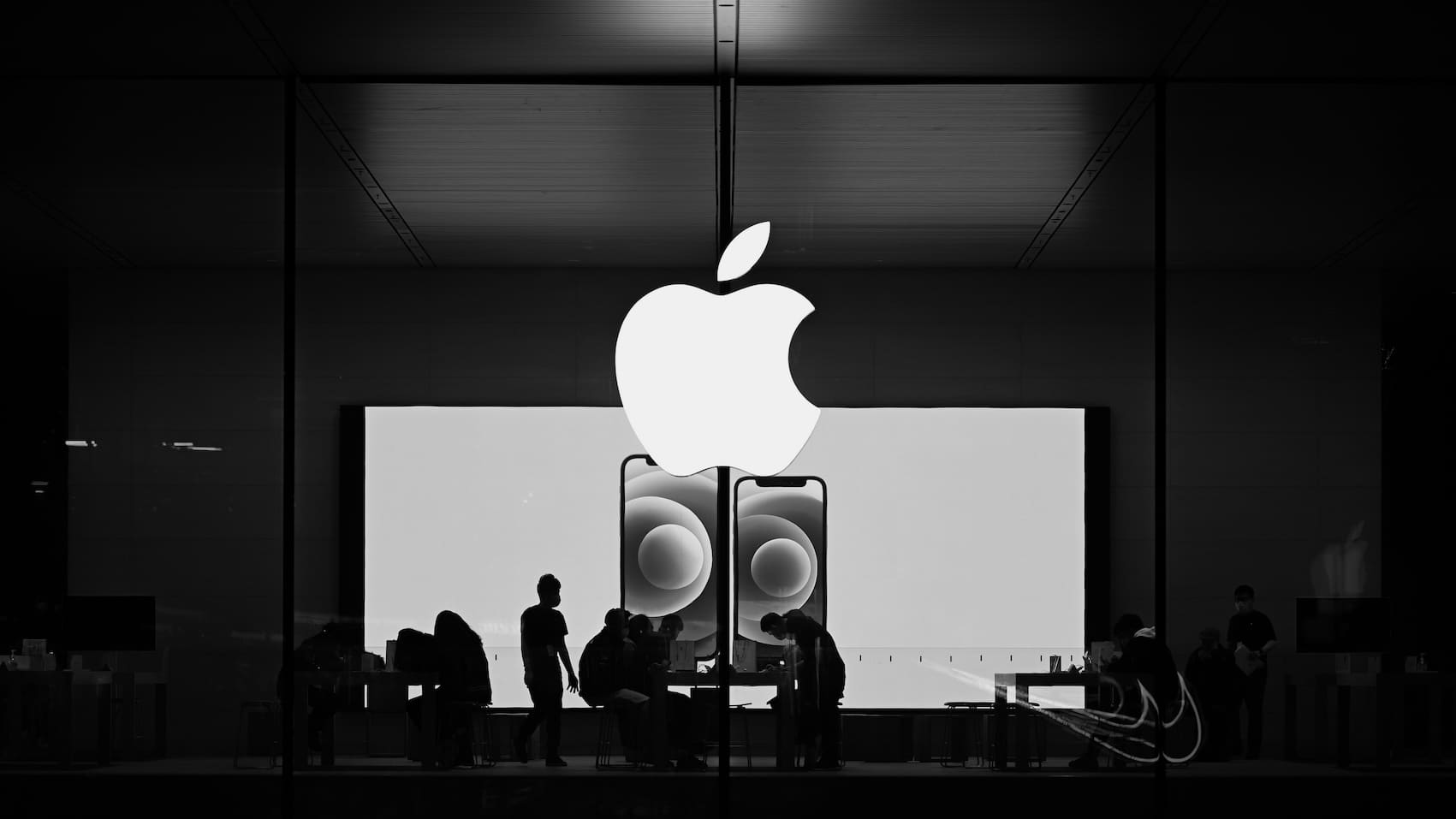Apple has increased its energy consumption in its data centers worldwide to over 2.5 billion kWh during 2024, according to its latest Environmental Progress Report, which marks an increase from the 2.344 billion kWh reported the previous year. This growth is largely attributed to the launch of the Waukee, Iowa data center, which had been in development since 2017 and was finally powered up in October 2024.
Despite this increase, Apple claims to have powered 100% of these centers with renewable energy, such as solar, wind, biogas, and hydropower. This strategy is part of its ambitious “Apple 2030” commitment, which aims to achieve carbon neutrality across its entire footprint—including supply chain and product use—by the year 2030.
Data Center Consumption Breakdown
The company operates eight data centers located across North America, Europe, and Asia. Below is a breakdown of electricity consumption by location:
- Mesa, Arizona: 530 million kWh, 100% solar, including a 4.67 MW solar facility located in the parking lot.
- Maiden, North Carolina: 466 million kWh, 68% solar and 32% wind.
- Reno, Nevada: 454 million kWh, fully solar, backed by the 20 MW Fort Churchill Solar Array.
- Prineville, Oregon: 255 million kWh, with a mix of 56% wind, 43% solar, and 1% micro-hydropower.
- Denmark: 59 million kWh, 100% solar and wind (42 MW solar and 17 MW wind).
- China: two centers with a combined consumption of 214 million kWh, half solar and half wind.
Apple highlights that all its centers have maintained a 100% renewable supply, thanks in part to its direct involvement in creating clean energy projects, long-term purchases, and, to a lesser extent, renewable energy certificates (RECs) when necessary.
Efficiency and Offset Progress
In addition to electrifying its operations with renewable energy, Apple has developed its own energy-efficient technologies, which have helped avoid more than 36 million kWh annually since 2021 through improvements in server design for AI and computational performance.
In line with its goal to reduce gross emissions by 75% by 2030, Apple has also invested in nature-based carbon removal projects, such as reforestation and ecosystem restoration. In 2024, its programs prevented 41 million metric tons of CO₂e, while its net footprint was reduced to 14.5 million tons.
Water and Waste Management
Regarding water sustainability, Apple has already certified seven of its eight data centers according to the Alliance for Water Stewardship (AWS) standard. The company has implemented systems such as air cooling, condensate recovery, and moss water treatment to reduce impacts. In 2024, more than 11 million gallons of water were saved solely through server upgrades.
As for waste, all Apple-owned data centers maintain zero waste to landfill operations, according to TRUE Zero Waste certification. Through its zero waste program, the company has diverted 3.6 million metric tons of waste from landfills since 2015.
Towards 2030: Clean Energy and Circular Design
The new data center in Waukee, Iowa, in addition to driving Apple’s overall energy consumption, has become an example of a comprehensive sustainability approach. The complex is accompanied by a restoration project of 221 acres of wetlands that will benefit local biodiversity, aquifer recharge, and carbon capture.
Apple remains committed to driving a global transition toward recycled materials, clean energy, and a responsible supply chain. All this with a clear goal: to achieve complete climate neutrality by 2030, while continuing to grow without compromising the performance of its products.
Source: Apple Report

